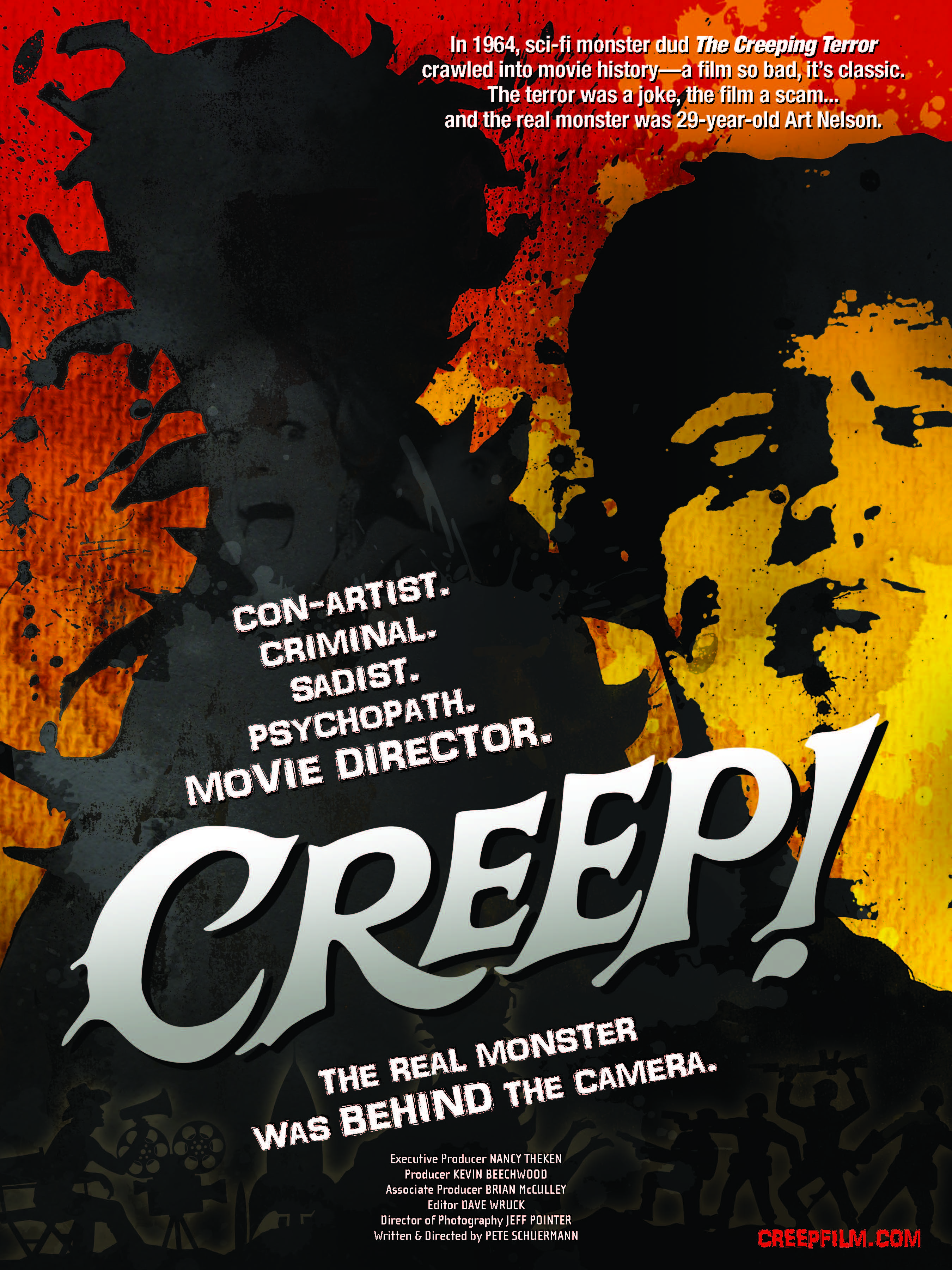
From The Australian today comes some analysis by the University of Canberra National Centre for Social and Economic Modelling showing that:
…in the absence of tax cuts, the number of people paying the top tax rate of 45c in the dollar would soar by 134 per cent over the next decade to just under 900,000 as they were pushed into higher tax brackets by inflation and wage rises — so-called bracket creep.
The number of Australians paying the second-highest rate of 37c in the dollar would leap 85 per cent to 3.7 million.
And the effect of people being pushed into higher tax brackets would increase total personal income tax by 21 per cent or $32.5 billion, before allowing for growth in the population and workforce.
NATSEM principal research fellow Ben Phillips said the effects of this “fiscal drag” over 10 years would “likely have bad consequences for workforce participation at exactly the same time as Australia pushes up against an ageing population”.
The excellent John Freebairn chimed in:
Professor Freebairn said the Henry tax review had found that some of the most inefficient state taxes cost the economy as much as 80c for every dollar they collected. In the case of personal income tax, it was still between 30c and 40c, while GST was much more efficient, costing the economy only 10c for every dollar.
“Changing the tax mix from (income taxes to indirect taxes) brings gains of 20c to 30c in the dollar and that beats anything that a major corporation could do on productivity,” he said.
Roughly speaking, then, the choice, is between an inefficient and costly bailout of the budget via stealthy tax hikes or a productivity boosting, national interest reform program. Which will our pollies choose I wonder?

